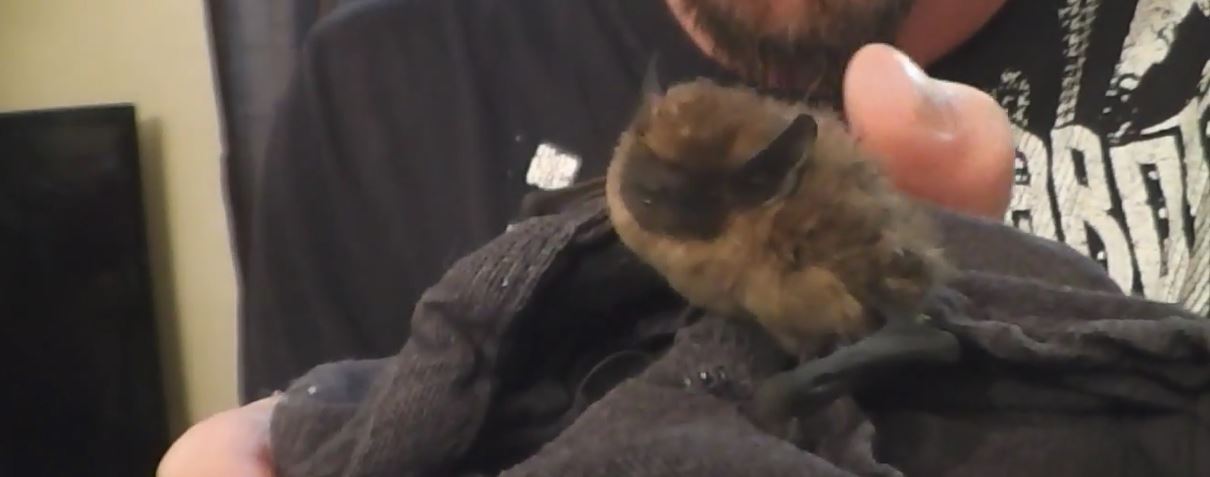How To Get Bats Out Of Your Attic

Bats will frequently enter attics as they provide shelter and can easily fit a colony. There are plenty of options when getting rid of bats, but only one of them will actually be effective. This method is known as exclusion and will work best if you hire a professional to do the job. You can try it yourself if you have the right experience, but don't be afraid to at least call an expert for a consultation or inspection. Getting rid of bats through exclusion involves the following steps:
- 1. Inspect Your Home
- 2. Seal Most Entry Points
- 3. Use An Exclusion Device
- 4. Seal Remaining Holes
- 5. Decontaminate
Each step requires its own particular knowledge and skills and skipping any step will lead to problems. Remember that before you decide to get rid of bats, you have to make sure there are no babies present as separating mothers from their flightless babies is inhumane and frequently illegal. Once the babies have grown, you can follow the correct steps and resolve your bat problems for good.
Inspect Your Home
The very first step of getting bats out of your attic is to thoroughly inspect your home. You want to try to figure out whether baby bats are present and look to find the entry points that bats use. Keep in mind that while bats typically roost in your attic, they will not necessarily be visible. They will find gaps in the wall behind fascia boards or wood beams. A professional can help you by performing the inspection and helping you figure out which type of bat is present as well as whether it is the maternity season.
Seal Entry Points
In most cases, bats will use more than one entry point to get into your attic. To prepare for excluding them, you need to find all of these points and seal all except one, which will preferably be their primary entrance. This involves a significant amount of time on a ladder looking for holes and sealing them up, so make sure you are comfortable doing this before deciding to make removing the bats a DIY project. As odd as it may seem, many experts actually say it is easier to find these entry points at night when using a headlight. The concentrated light allows you to more easily find the holes than in daylight when the light is dispersed throughout the sky. You can also look for clues of an entry point, such as the accumulation of bat guano.
Bat Exclusion
At this point, you should be positive no baby bats are present and only have the primary entrance open to the bats. You will then need to pick an exclusion device such as a one-way door or funnel. The idea of these objects is that they will let the bats leave, but it will be impossible for them to get back inside. Remember that your exclusion device must be effective as otherwise you will not be able to get rid of all your bats.
Seal Leftover Entrance
After installing the exclusion device, you will want to wait a few days to give the bats time to leave. Once you are sure no bats are left, you will want to remove the exclusion device and immediately seal up the remaining hole. Remember that bats will probably try to revisit your home and return their old roost for a while, so you need to make sure the hole is sealed tightly. They won't, however, be able to create a new hole or entry point as long as you have your home sealed up properly and in good overall shape.
Decontaminate Your Attic
Even when the bats are out of your home, you aren't done yet; you need to make sure that you clean up after them as well. It is possible for bacteria in bat guano to cause disease and there is usually enough guano and urine to cause corrosion to drywall and wood or cause mold to grow. This means that you will need to thoroughly decontaminate the attic while wearing proper protection. You will need to vacuum up droppings, possibly replace installation, and maybe have to fog the attic. As with the exclusion, it is possible to do this yourself, but most people don't have the necessary tools or experience.
Prevent Re-Entry
Remember that the bats may still be interested in your home, so you want to make sure you don't let them back inside. This means staying on top of home repairs and other preventative techniques. Be sure to regularly check the exterior of your home for entry points and make sure that the repairs you completed are still holding up. You can also try to reduce food sources on your property by minimizing standing water and bright lights which attract bugs that bats feed on.
Read the How to get rid of bats page for helpful information and to learn more about How To Get Bats Out Of Your Attic

